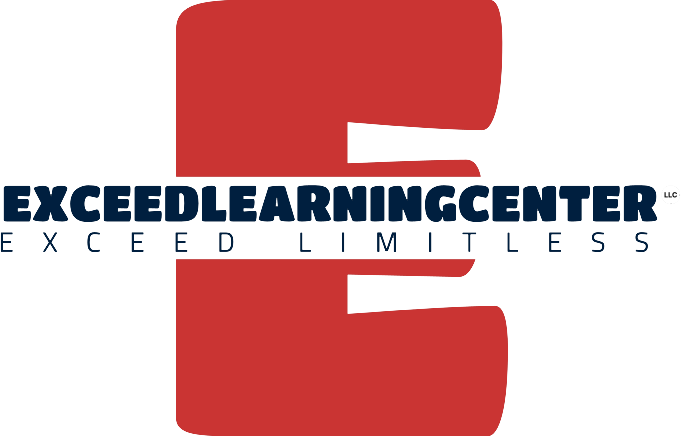“The 7 Habits of Highly Effective People” - Stephen R. Covey
Introduction
“The 7 Habits of Highly Effective People”
"The 7 Habits of Highly Effective People" is a self-help book by Stephen R. Covey that explores principles for personal and interpersonal effectiveness.
The book is a classic in the field of personal development and has had a profound impact on readers seeking to improve their lives.
It is based on the idea that true success and happiness come from aligning your character with universal principles.
"The key to successful living is making small, constructive choices consistently."
Our journey begins with understanding the power of habits. Small choices, made consistently, shape our path to success.
We'll explore 'The 7 Most Effective Habits of Successful People’ by Stephen Covey.
The book is divided into two main sections: Private Victory (Habits 1-3) and Public Victory (Habits 4-7), along with an introduction and concluding thoughts.
Private Victory (Habits 1-3):
1. Be Proactive: This habit emphasizes taking responsibility for your own actions and choices. It encourages you to recognize that you have control over your responses to external events and circumstances.
Proactive means that as a human being, we are responsible for our own lives.
Being proactive means recognizing our responsibility to make things happen.
As the book states, “Proactive people focus their effort on their circle of influence, they work on things they can do something about it” – the people and the things they can reach- and spend less energy on their much wider circle of concern.
Try this for 30 days:
- Work only in your smaller circle of influence.
- Make small commitments to yourself and others, and keep them.
- Be a light, not a judge; be a model, not a critic; be a solution, not the problem.
2. Begin with the End in Mind: Covey suggests that having a clear vision of your life's goals and values is essential. You should create a personal mission statement to guide your decisions and actions.
Know where you are going, so as to understand where you are now, and take the next step in the right direction.
This habit encourages us to set clear goals. “Begin with the end in mind means to begin each day, task, or project, with a clear vision of your desired direction and destination”
The most effective way to begin with the end in mind is to create a personal mission statement. It should focus on the following:
- What you want to be (character)
- What you want to do (contributions and achievements)
- The values upon which both of these things are based
3. Put First Things First: This habit emphasizes time management and prioritization. It encourages you to focus on the most important and not just the urgent tasks. Covey introduces the concept of the "Time Management Matrix" to help you allocate your time effectively.
Question:
What one thing could you do – which you aren’t doing now- that if you did regularly, could make a tremendous difference in your business or personal life?
This involves self-leadership and self-management: putting first thing first.
Putting first things first is about effective prioritization. The book suggests, “Putting first thing first is a whole new way of looking at your time”. We don’t manage time, we can only manage ourselves!
Practice of effective self-management through independent will. By asking yourself the above questions, you become aware that you have the power to significantly change your life in the present.
To manage your time effectively in accordance with habit three, your actions must adhere to the following:
- They must be principle-centered.
- They must be conscience-directed, meaning that they give you the opportunity to organize your life in accordance with your core values.
- They define your key mission, which adaptations as needed.
Public Victory (Habits 4-7):
4. Think Win-Win: Covey argues that success should not come at the expense of others. A win-win mindset seeks mutually beneficial solutions and fosters positive relationships.
Thinking win-win is about finding mutually beneficial solutions. 'Win-win is a belief in the third alternative.’”
Make an important deposit in another person’s emotional bank account; finding a way both of you can benefit by your interaction.
It requires 3 traits:
- Integrity
- Maturity
- Abundance mentality
Covey argues that win/win isn't a technique, it's a philosophy of human interaction. It's a frame of mind that seeks out a mutual benefit for all concerned.
This means that all agreements or solutions are mutually beneficial, and all parties feel satisfied with the outcome. To embody this mindset, life must be seen as a cooperative, not a competition.
Therefore, to adopt a win/win mindset, you must cultivate the habit of interpersonal leadership. This involves exercising each of the following traits when interacting with others:
- Self-awareness
- Imagination
- Conscience
- Independent will
5. Seek First to Understand, Then to Be Understood: Effective communication is key to relationships. Covey stresses the importance of empathetic listening and trying to understand others before expressing your viewpoint.
The most important word to know in mastering this habit is ”listen” Listen to your colleagues, family, friends, customers – but not with the intention to reply, to convince, to manipulate. Listen simply to understand, to see how the other party sees things.
This skill develops Empathy. Empathy isn’t Sympathy. 'Most people do not listen with the intent to understand; they listen with the intent to reply.'"
An empathic listener can get into the frame of reference of the person speaking. By doing so, they see the world as they do and feel things the way they feel. Empathic listening, therefore, allows you to get a clearer picture of reality.
When you begin to listen to people with the intent of understanding them, you'll be astounded at how quickly they will open up.
Once you think you've understood the situation, the next step is to make yourself understood. This requires courage. By using what you've learned from empathic listening, you can communicate your ideas in accordance with your listener's paradigms and concerns. This increases the credibility of your ideas, as you will be speaking in the same language as your audience.
6. Synergize: This habit promotes the idea that collaboration and teamwork can lead to better solutions and outcomes. It encourages valuing and leveraging the diversity of opinions and skills within a group.
Synergizing is about collaboration for greater success. 'Synergy is better than my way or your way. It's our way.'"
7. Sharpen the Saw: Habit 7 is about self-renewal and self-improvement. Covey emphasizes the need for regular self-care, including physical, mental, emotional, and spiritual renewal, to maintain personal and professional effectiveness.
Continuous self improvement in physical, mental, and emotional aspects.
“Sharpen the saw means preserving and enhancing the greatest asset you have – you.”
Key Takeaways
The habits are progressive in nature, though there's no need to perfect one habit before moving on to the next. Each habit sets the foundation for the next level:
- Dependence => Independence: Habits 1-3 provide your "Private Victories" as you develop your character and self-mastery.
- Independence => Interdependence: Habits 4-6 shift how you interact with others, to form trusting relationships with healthy emotional bank accounts. These are YOUR "Public Victories"
- As we wrap up, remember to be proactive, begin with the end in mind, prioritize, seek win-win solutions, practice empathetic communication, synergize, and invest in continuous self-improvement.
SHARE THIS POST:
Olga Binyaminov
Founder, Exceed Learning Academy
Together, we can exceed expectations and make the journey of learning a truly remarkable one for your child.
Leave A Comment
Search
Send us a Message
Blog - Website Form
Recent Posts
Quick Links









